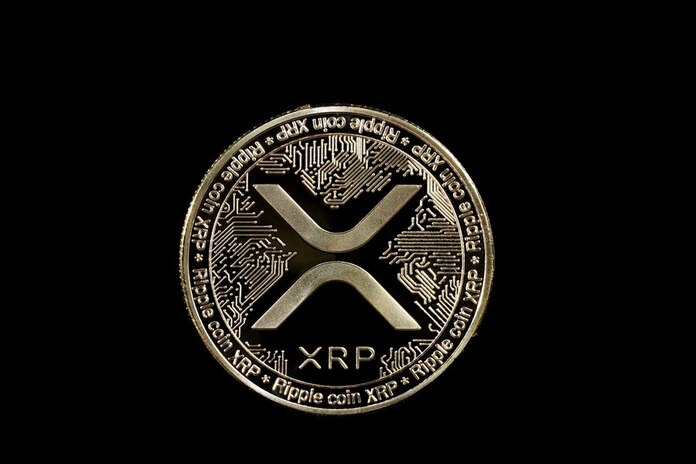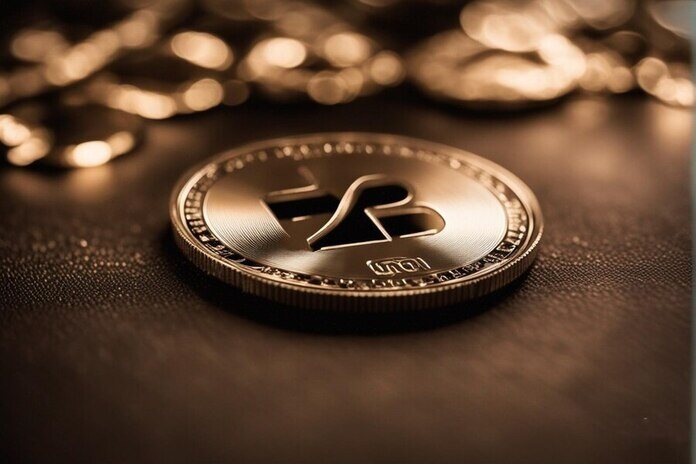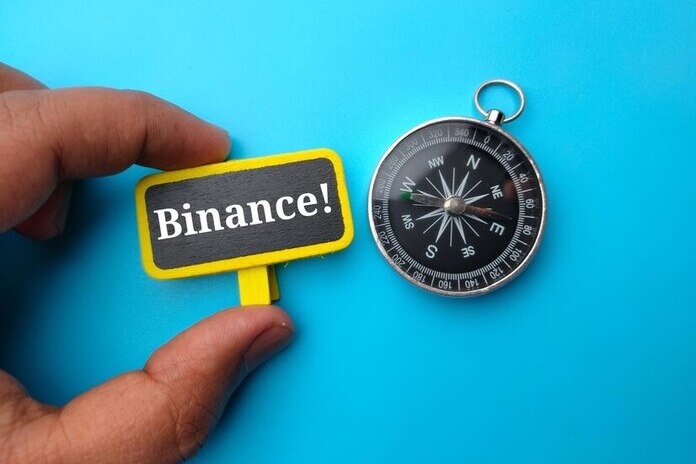Tether Successfully Completes ‘Gold Standard’ Security Audit
This post was originally published on this site

Tether, one of the leading stablecoin issuers, has announced the completion of a System and Organization Controls 2 (SOC 2) audit, marking the highest level of security compliance achievable for an organization. This independent audit, developed by the American Institute of Certified Public Accountants (AICPA), highlights Tether’s dedication to ensuring a secure user experience.
Paolo Ardoino, CEO of Tether, emphasized the significance of this compliance measure in assuring customers that their assets and data are managed in an environment adhering to the highest standards of data protection and information security. Ardoino highlighted Tether’s dedication to being the most trusted and compliant stablecoin in the world.
In line with its ongoing dedication to security, Tether has pledged to undergo annual SOC 2 audits to verify that its security practices consistently align with established standards. The firm aims to achieve SOC 2 Type II certification by the end of 2025, which evaluates the effectiveness of internal controls over 12 months.
Tether’s flagship stablecoin, USDT, boasts a market capitalization exceeding $104 billion, making it the third-largest cryptocurrency by market capitalization after Bitcoin and Ether. The recent milestone of reaching a $100 billion market cap on March 4 reflects a notable 9% year-to-date growth.
Beyond stablecoins, Tether is venturing into new territories. The company plans to invest approximately $500 million in constructing Bitcoin mining facilities in Uruguay, Paraguay, and El Salvador. With the goal of growing its computing power to represent 1% of the Bitcoin mining network, Tether aims to expand its direct mining operations to 450 MW by the end of 2025. The company’s approach involves setting up facilities within movable containers to adapt to changing electricity prices.
Ardoino emphasized that Tether’s mining endeavors are focused on gradual learning and growth, with no rush to become the largest miner globally. This strategic expansion aligns with Tether’s broader vision of innovation and resilience in the cryptocurrency ecosystem.
Featured Image: Freepik
















